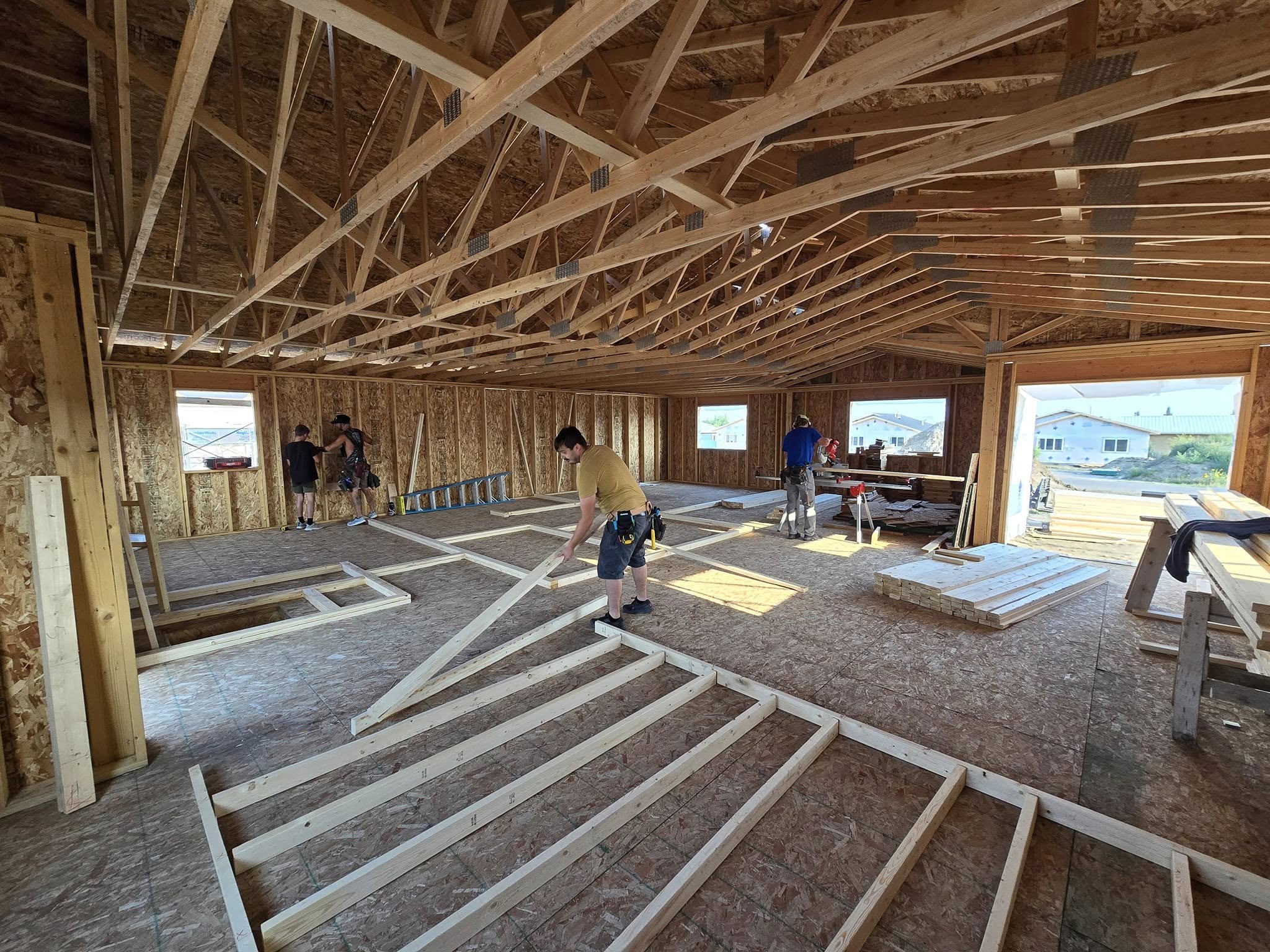Today’s New York Times editorial titled “Show Us the Hope” slams the inadequacies of both the Bush administration’s and Congress’s attention to the plight of homeowners caught in the foreclosure crisis that is behind the current economic turmoil.
The editorialist points to HUD’s Hope for Homeowners program —launched on Wednesday in the midst of the congressional rescue wrangling — as already showing the signs of sinking like a “lead balloon”:
Under the program, the government will insure up to $300 billion in new, more affordable loans for troubled borrowers. For the insurance to kick in, however, lenders must first voluntarily refinance the delinquent mortgages by reducing the loan balances to 90 percent of the home’s current market value.
In exchange, lenders would avoid the expense of foreclosure and uncertainty about being repaid. The government would stem the social and economic damage of more foreclosures, at presumably little risk to taxpayers.
There’s just one problem. At a Congressional hearing in September, lenders were lukewarm about participating in the new program — reluctant, it seems, to take the loss that comes with reducing loan balances.
And that was before the deep freeze came over the credit market and dire warnings of economic collapse from the administration’s economic guiding lights dominated the news.
While Hope for Homeowners — authorized in July’s Economic and Housing Recovery Act of 2008 — aims to help 400,000 qualified homeowners in danger of defaulting to refinance their mortgages into federally insured lower-rate, 30-year fixed loans — there’s a VERY significant catch in the formula: Their lenders must first agree to participate in the program, which means taking a loss and writing down the loan. So far, we haven’t seen an expression of eagerness on lenders’ part to do so.
Without teeth, “Hope” seems a cruel misnomer for this measure. And, as the Times editorial puts it: “Yet well over a year into the housing bust, the mortgage industry still calls the shots, as if it is a victim of the borrowers.”
It appears that policymakers’ approach to holding lenders accountable for their role in the subprime meltdown is always a day late and many billions of dollars short.




Comments